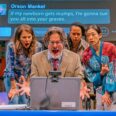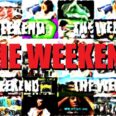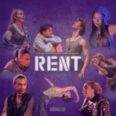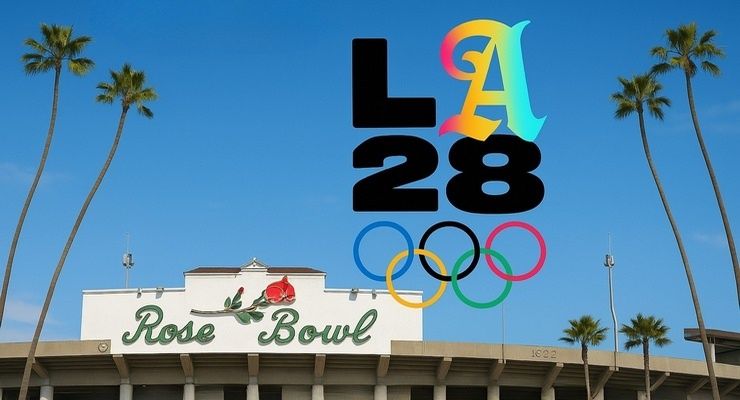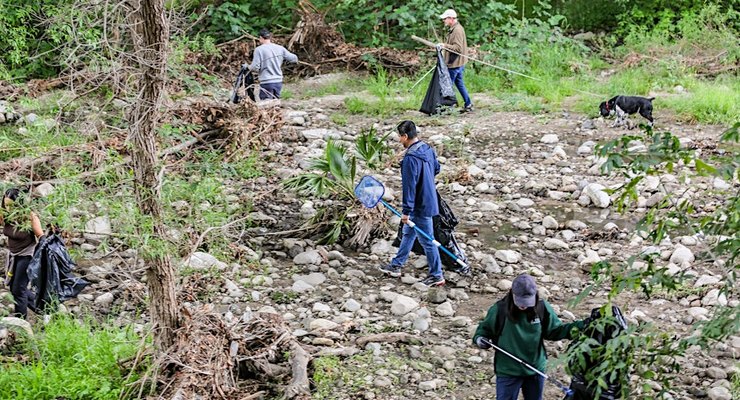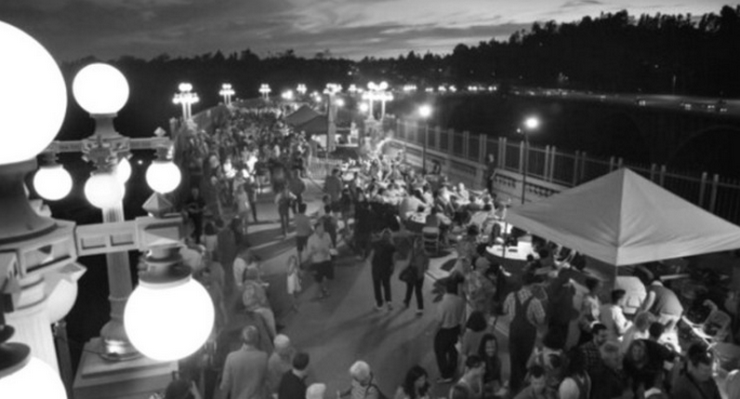
This is the sixth in a series of columns on 10 Grand Challenges to transform Pasadena’s future. Today’s column focuses on creating times and places where Pasadena devotes streets to people instead of cars.
When COVID restrictions shut down indoor dining, cities across America reacted with uncharacteristic speed. They bypassed seemingly sacred restrictions on uses of sidewalks and streets to accommodate outdoor dining. It was an immediate and stunning success.
Fear paralyzes and cements the status quo. Whenever the dominant orthodoxy of “that’s the way we’ve always done it,” is challenged, a parade of horribles is conjured up to ward off change. Sadly, it seems little short of a worldwide pandemic can shake cities out of their lethargic commitment to business as usual.
I know. I used to say that my three greatest achievements as Mayor of Pasadena were, first, developing Pasadena’s landmark 1993 General Plan that oriented future growth around transit; third, putting parking meters in Old Pasadena and second, not getting recalled for putting parking meters in Old Pasadena.
At the time, the City was losing a million dollars a year on the three new parking structures it had built in the historic core. Out of habit, customers circled the block until they could find a “free” parking space at the curb rather than pay the modest charge to park in the structure. Merchants adamantly opposed charging for curb spaces until we offered them a deal: all the parking revenue would go to increased security, maintenance and beautification efforts in the district. The ultimate result was a tripling of sales tax revenue and doubling of property tax revenue over the next decade.
The same “fear of change” greeted the “scramble” crosswalks installed in Old Pasadena to end the dangerous conflicts between pedestrians and cars trying to turn right or left. By having a pedestrian-only cycle to allow crossing from any of the four corners, we made it easier for motorists and safer those on foot. The havoc predicted by skeptics failed to come to pass. Now you find these intersections all over Southern California.
The same irrational fears prevent City Hall from experimenting with closing off some of our streets to car traffic today. The busy and prosperous alleys of Old Pasadena prove that Southern Californians actually enjoy open byways. But except for January 1 and Pasadena Heritage’s beloved Colorado Bridge parties, Pasadena remains wedded to putting cars over people at all times, everywhere.
The tremendous success of Cyclavia demonstrates the pent-up hunger in our region for experiencing places freed from the dominance of traffic and cars. Ventura had such success with their COVID experiment of closing off five blocks of their Main Street that they are now considering making it permanent. We could start by closing off a section of Old Pasadena (say Raymond Avenue between Union and Green) on weekend nights. Such a pilot is what led to the decades-long success of the iconic Third Street Promenade in Santa Monica.
In a city that earned world fame from blocking off its main street for a parade, we are ridiculously risk-averse when it comes to challenging the delusion that we must always put cars first. How vital is the Colorado Street Bridge for through traffic? Yes, it’s a quick way across the Arroyo for residents of the San Rafael neighborhood, but there’s a giant freeway immediately alongside it. Why not shut down Colorado in front of PCC for a night market on Thursday evenings? Why not give walkers, joggers and bikers the Upper Arroyo on Sundays? Given all the rear parking, why not have a monthly art fair on South Lake? What limits our thinking to outmoded notions that streets belong to cars?
During the General Plan deliberations, city planners were petrified that the public would object to focusing future development around transit. Yet in the end, it turned out the public was fed up with traffic and open to trying new approaches. It was from the residents that the radical principle “Pasadena will be a city where people can circulate without cars” emerged. And they ratified the General Plan principles by a vote of 58% in the November 1992 election.
I recently visited Paris for the first time in more than a decade. The extraordinary charms of Paris haven’t changed, but one thing is radically different: Mayor Anne Hidalgo’s focus on promoting walking, biking and scooting has made an already fabulous city quieter, cleaner, safer and more pleasant. The choking traffic is gone from central Paris. A congestion pricing scheme was wildly unpopular when it was introduced in London twenty years ago. Now it’s as cherished as Big Ben because it reduced traffic by nearly 40%.
Great cities can do great things. Isn’t Pasadena a great city?
Rick Cole is a current Pasadena Planning Commissioner and a former Mayor of Pasadena. He serves as Chief Deputy Controller for the City of Los Angeles.




